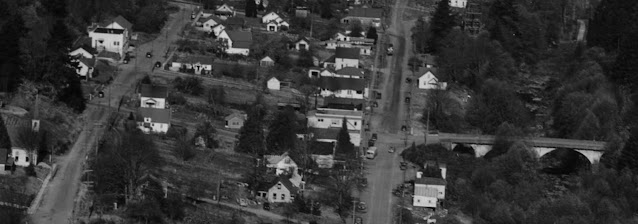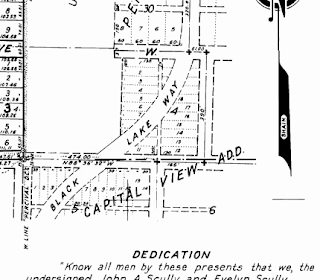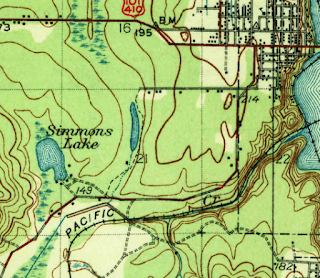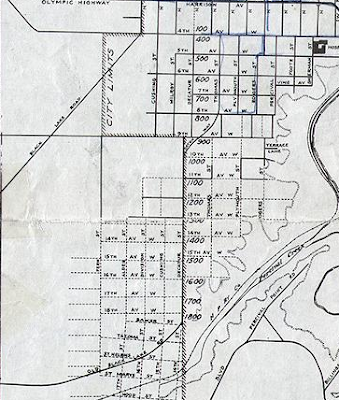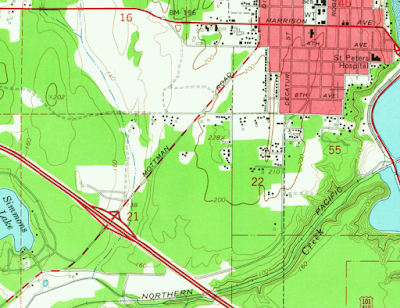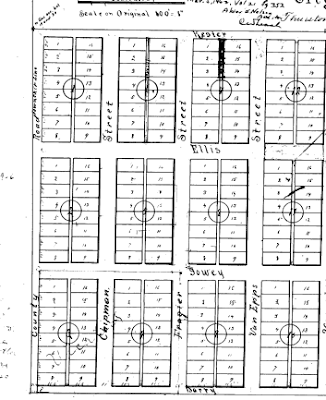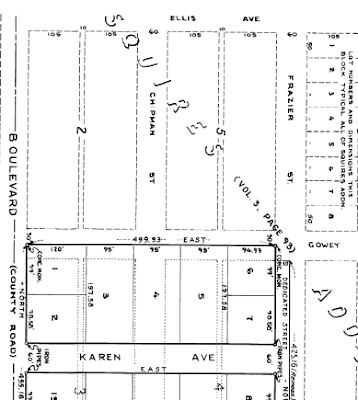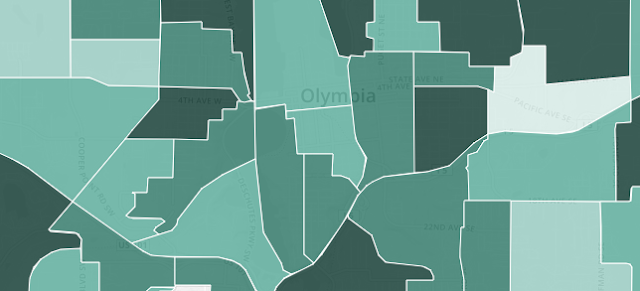I originally read this as a part of an episode of the Olympia Standard about a year and a half ago.
If you’re a well-informed Olympian, you’re probably familiar with Olympia’s Depression-era “Little Hollywood,” a shack town that existed in the 1930s. Its name was likely an ironic nod to the bustling Los Angeles suburb already then at the heart of the movie industry.
You might also know that Little Hollywood was torn down in the early 1940s to make way for Capital Lake, as most of it consisted of float houses anchored in the old Deschutes Estuary.
But let’s rewind to 1935, at the height of the Great Depression. Olympia hosted what could be called a proto-Capital Lakefair, known as the “Pagan Frolic.” The event included the crowning of Queen Juno and Dan Cupid.
Dick Abram, a contestant in an old-time fiddle contest at what was then known as Priest Point Park, didn’t win first place (which would have earned him $10) or second (a new fiddle). Abram, an itinerant cabinet maker, was living in the old wooden Washington School at Legion and Eastside, the site of what is now the Old Armory. In fact, he lived there until construction workers nearly demolished the building before moving to Little Hollywood.
It was then that Abram became the unofficial “mayor” of Little Hollywood. He rallied shacktown residents to ensure they were counted in the 1940 census.
Though Abram wasn’t originally from Olympia, he was born outside Akron, Ohio, and had lived in Texas and Nova Scotia, he eventually made Olympia his home. He was widowed in 1932 while living in the city.
Abram’s life ended tragically on Christmas Day in 1943, when he was struck by a car near the corner of Fourth and Cherry, where city hall now is. His death was the culmination of years of hardship. As the “mayor” of Olympia’s largest and longest-standing homeless encampment, which was then known as a “shack town” or “Hooverville,” Abram’s life embodied the struggles faced by many during the Great Depression.
In 1937, Olympia residents began to push back against the presence of Little Hollywood. When a local real estate broker first complained about the shack town’s residents living on public land, the city attorney drafted an ordinance to remove them. However, it wasn’t until 1942 that Little Hollywood was completely cleared out, with its float houses and shacks burned to the ground. Abram was forced to move, and his new residence was an unknown address somewhere “north” of Olympia.
Then people started hitting Abram with their cars.
In the following year, 1943, while walking downtown, Abram was struck by a car being driven by another human twice. The second time he died. On Christmas Day, a 20-year-old driver didn’t to see Abram crossing the intersection. The driver turned himself in at the police station but was cleared by the coroner, who determined that Abram had stepped out too quickly and that the driver was not at fault.
Behind Abram’s death were civic efforts to disband Little Hollywood and to resist the construction of low-income housing in Olympia.
At the same time forces were aiming at Little Hollywood, the federal government had offered half a million dollars to fund housing, but Mayor Truman Trullinger and his “Olympia Housing Committee” rejected the offer. Three days later, Trullinger announced the final destruction of Little Hollywood. Despite acknowledging a housing shortage, especially for individuals like Abram, the city opted not to accept the federal funding.
Today, the events surrounding Dick Abram’s life, from his role in Little Hollywood to his death, are largely forgotten in Olympia’s collective memory. But the path taken by those involved, the fiddlers at the Pagan Frolic, the mayors, and the lost half-million dollars for public housing, shaped our community in ways we still feel today. This isn’t just a story about the ongoing struggle with homelessness; it’s a story about Abram’s journey through Olympia. He came to the city, found a home, led his community, and played the fiddle. He was removed by the city and died as a result of those circumstances, with a federal housing offer turned down by the very officials who could have given him a better future.
We’ll leave it there. We have enough discussions ahead about how we continue to avoid the tragic circumstances of Dick Abram’s death. But rest assured, there are still “Mayor Dick Abrams” in Olympia, because we have too much of “Mayor Truman Trullinger” in our community.












